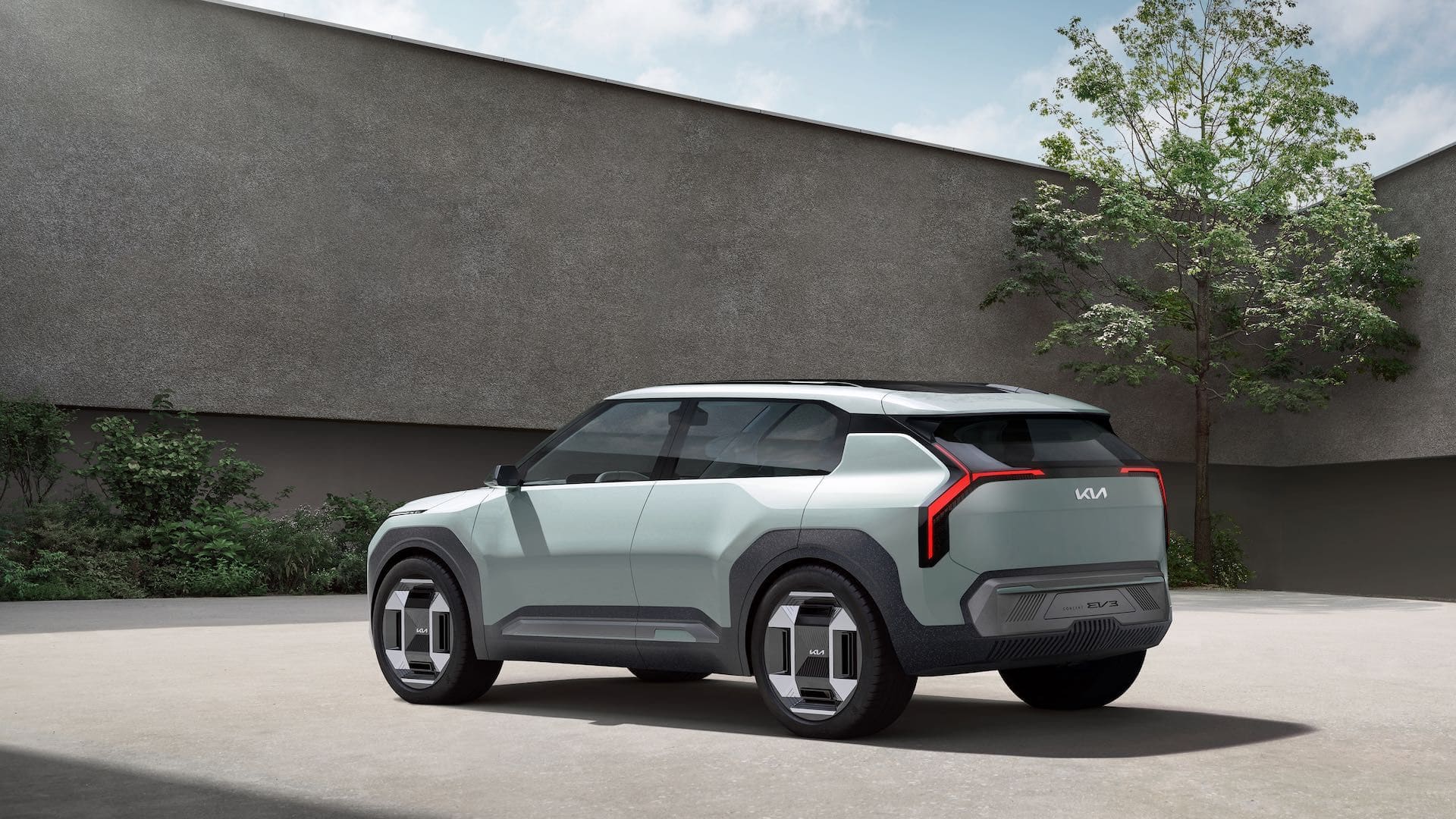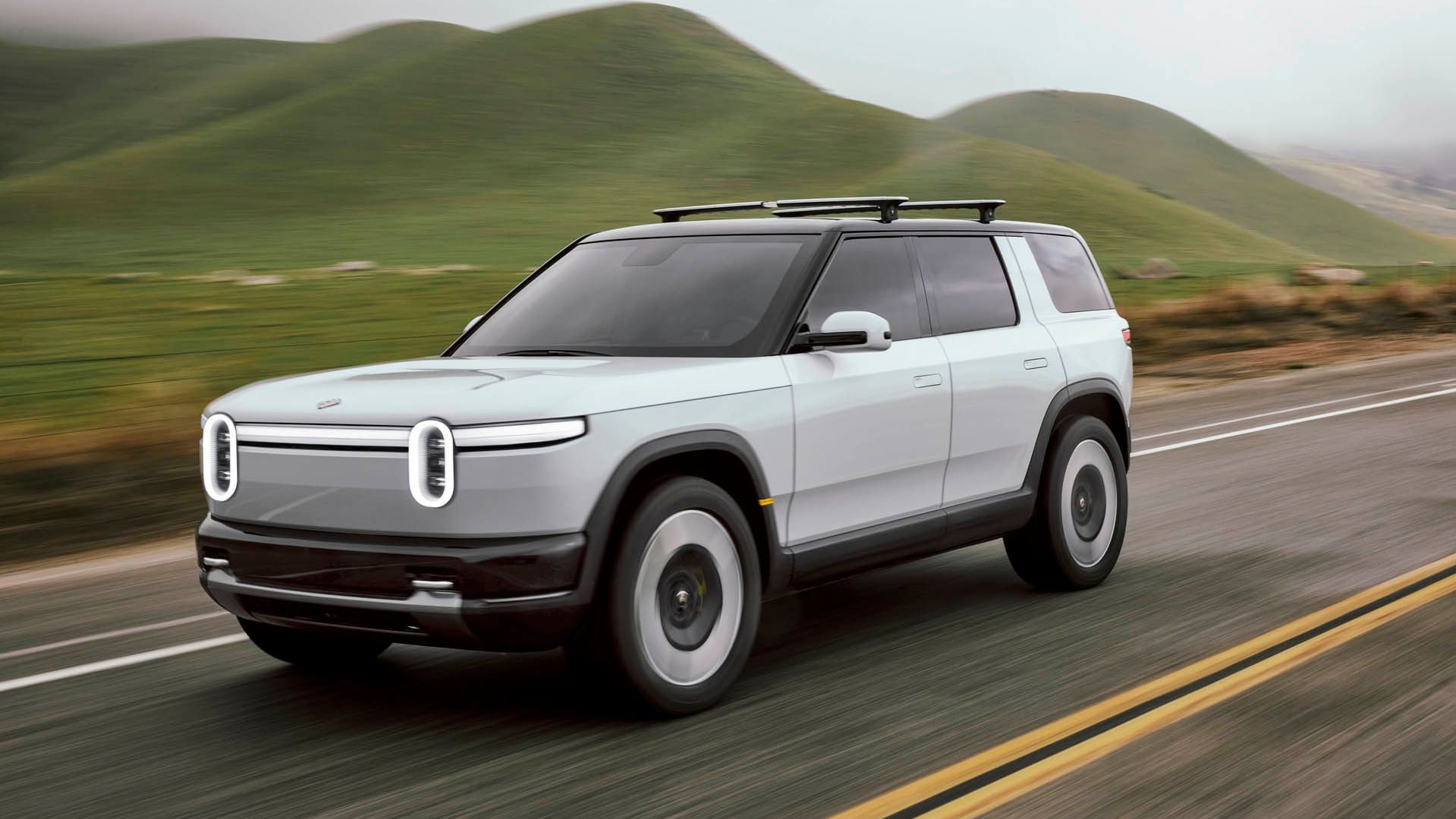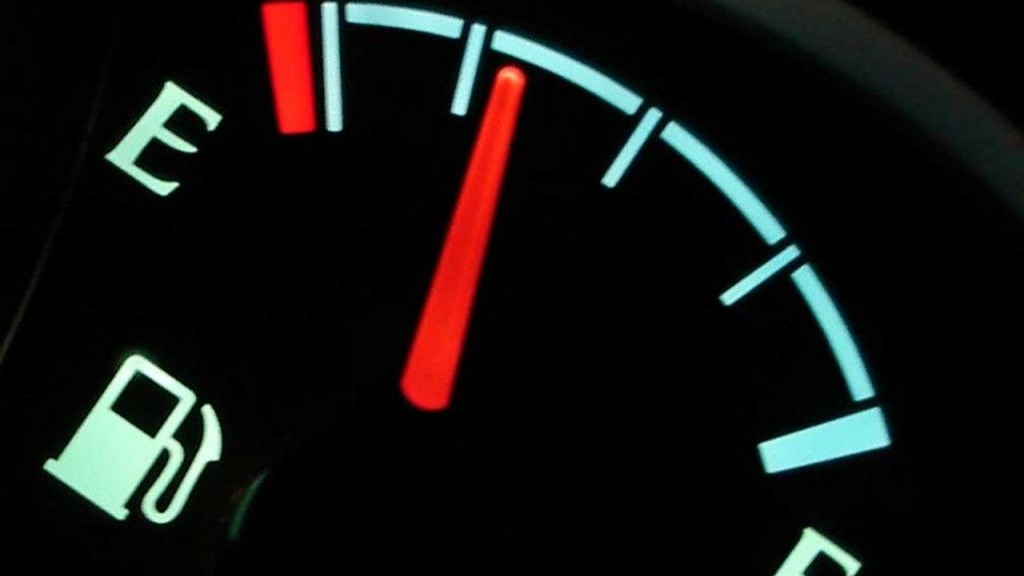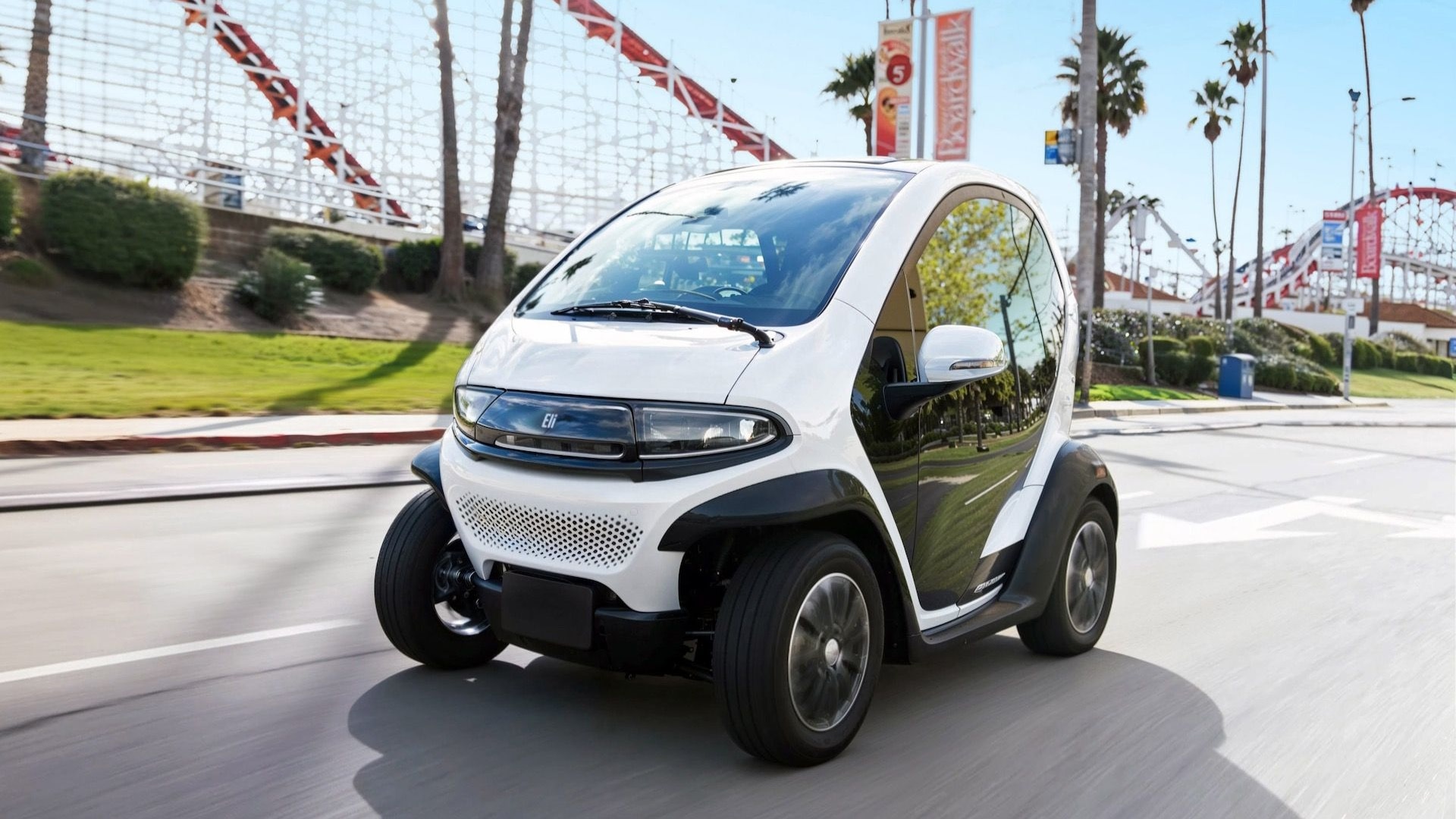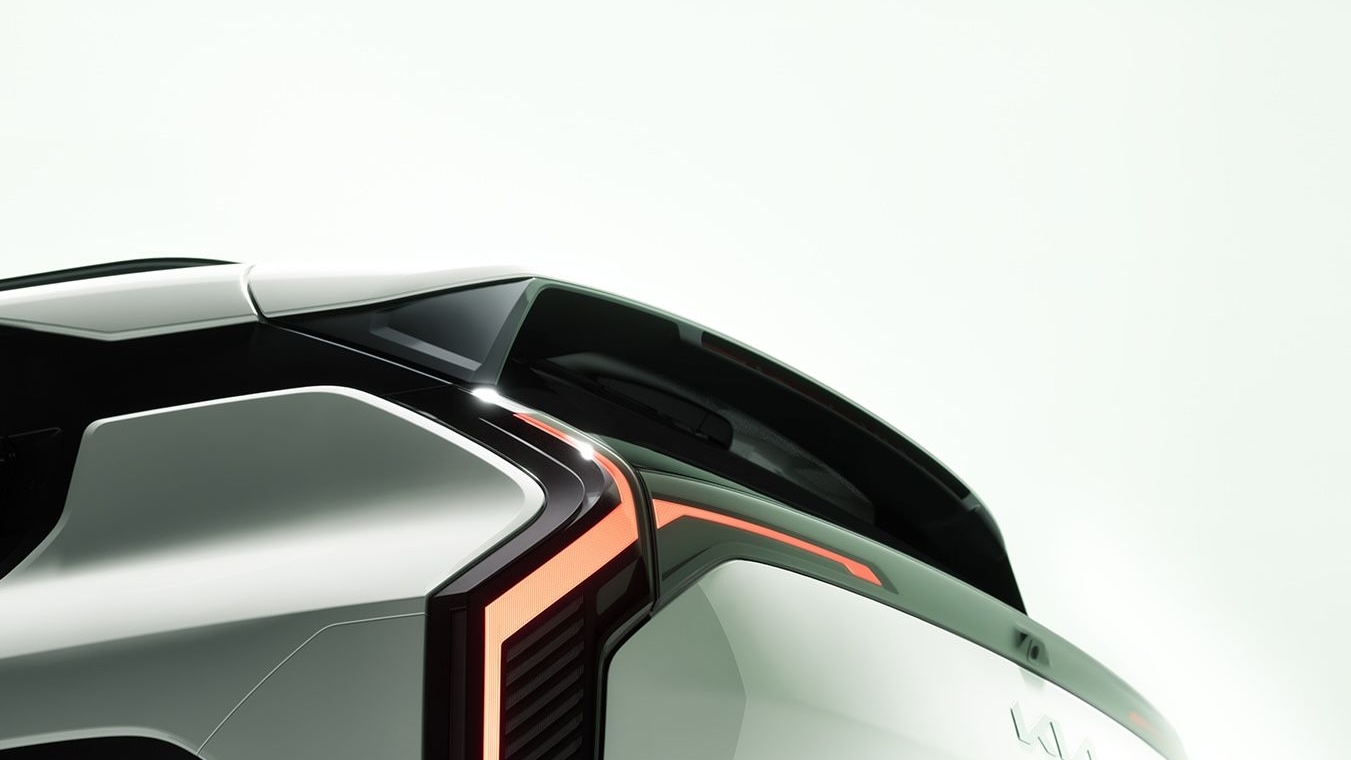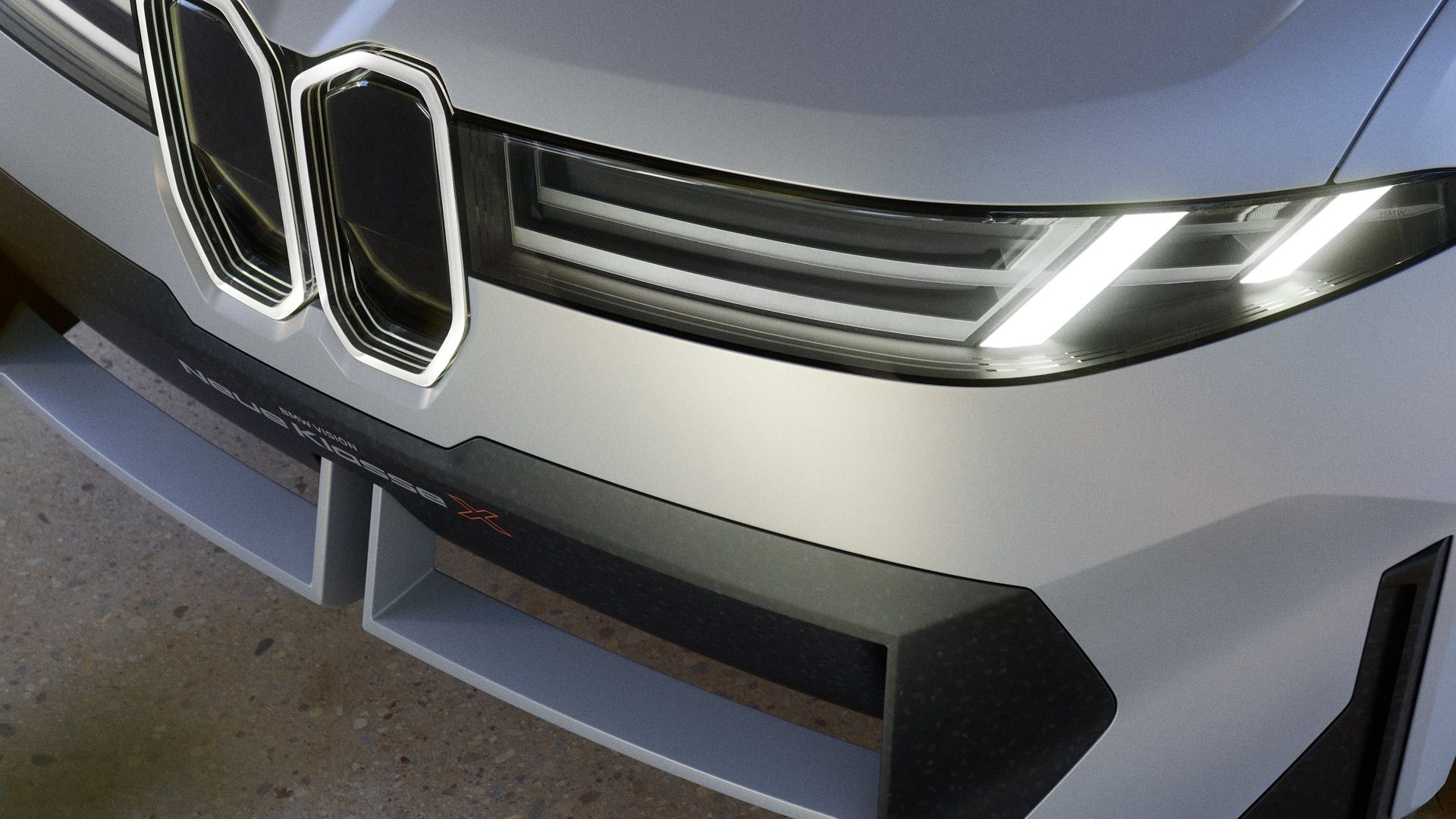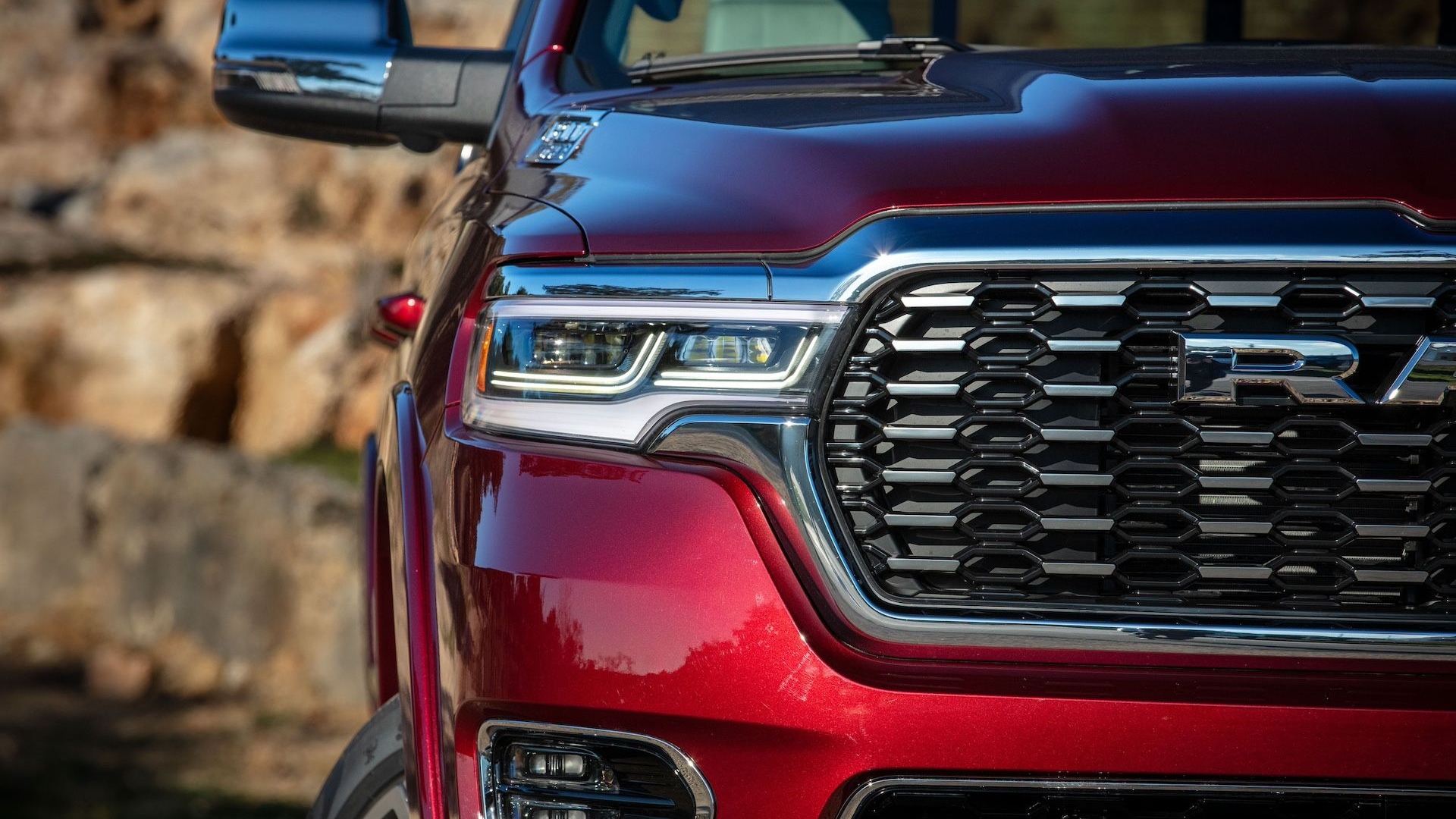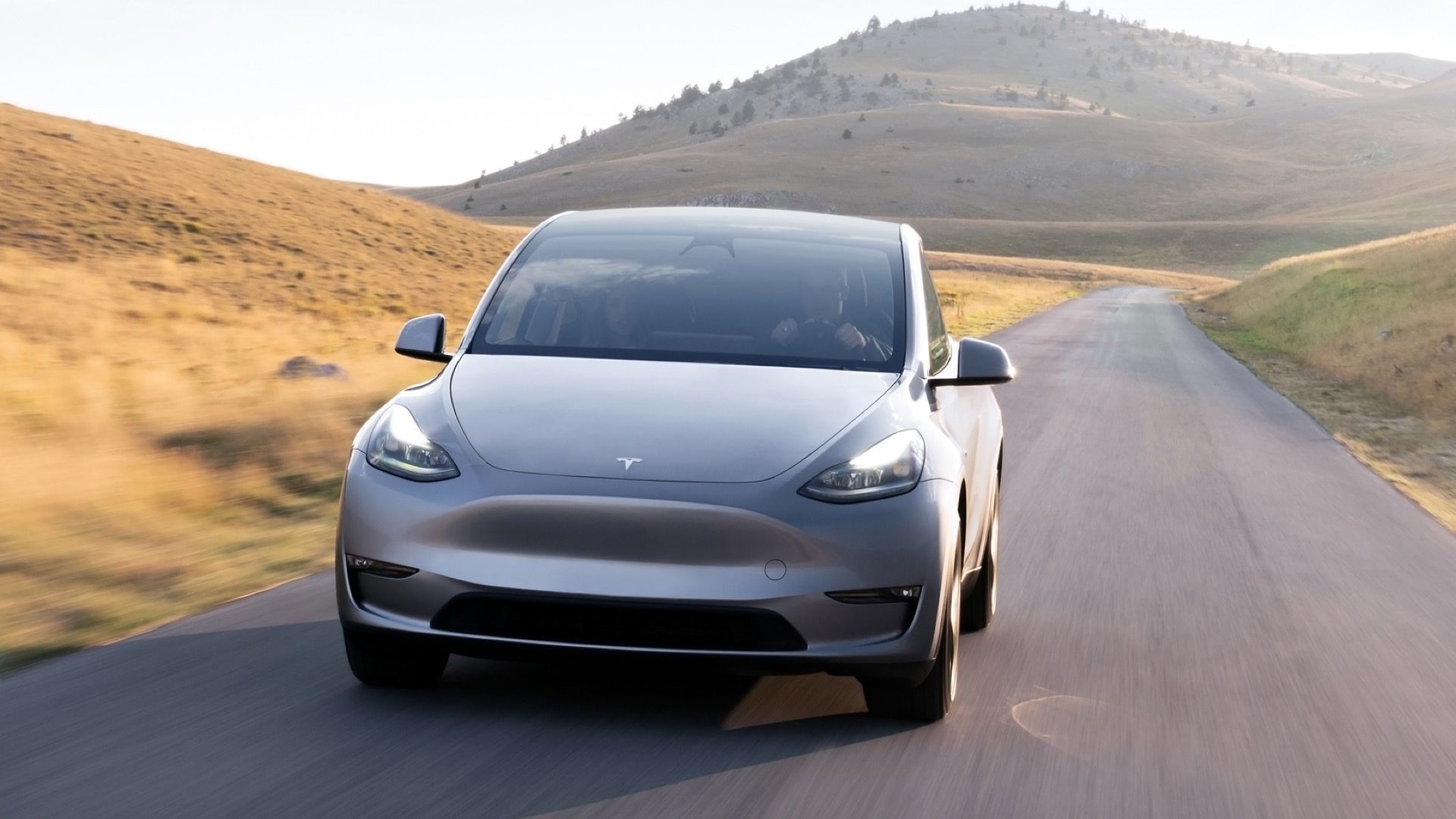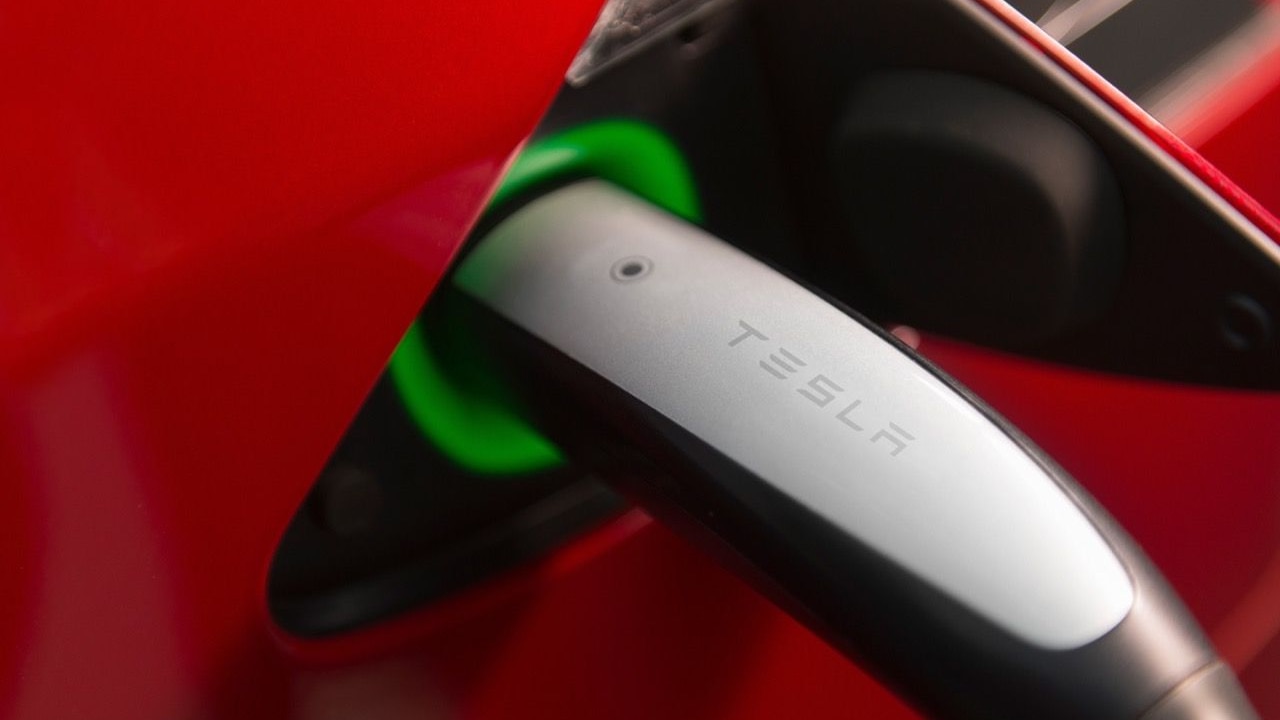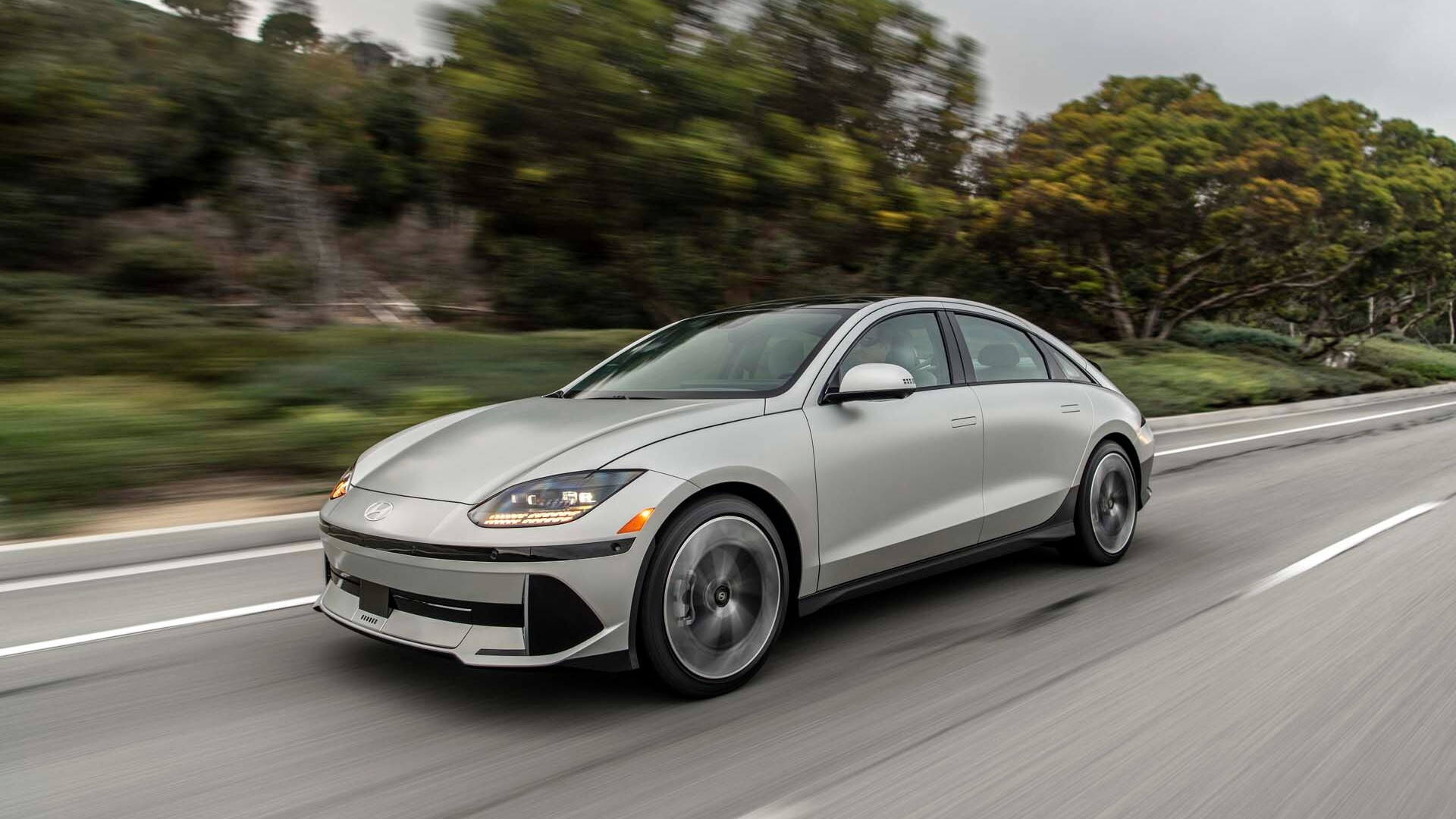![2013 Tesla Model S in Florida, during New York to Florida road trip [photo: David Noland] 2013 Tesla Model S in Florida, during New York to Florida road trip [photo: David Noland]](https://images.hgmsites.net/lrg/2013-tesla-model-s-in-florida-during-new-york-to-florida-road-trip-photo-david-noland_100454580_l.jpg)
2013 Tesla Model S in Florida, during New York to Florida road trip [photo: David Noland]
Last week, in the middle of a prolonged and depressing stretch of winter weather in New York's Hudson Valley, I decided I had to get the hell out. Time for a road trip to a warm place.
It was a perfect opportunity to test out Tesla's new East Coast Supercharger Highway, the just-completed string of proprietary ultra-fast DC charging stations the company has installed along Interstate 95 between Boston and Miami.
![2013 Tesla Model S in winter, Hudson Valley, NY [photo: David Noland] 2013 Tesla Model S in winter, Hudson Valley, NY [photo: David Noland]](https://images.hgmsites.net/lrg/2013-tesla-model-s-in-winter-hudson-valley-ny-photo-david-noland_100454455_l.jpg)
2013 Tesla Model S in winter, Hudson Valley, NY [photo: David Noland]
Over a period of two and a half days, I drove more than 1200 miles down I-95, making it as far south as Stuart, Florida, where an old friend lived.
Along the way, I charged up at nine Superchargers, at a total fuel cost of.......zero.
I've previously described that southbound leg in some detail. But there's much less to say about the return trip.
Frankly, it was pretty routine.
Boring, even.
MORE: Tesla Model S: NY-To-FL Trip, Day 4, Florida Destination--Made It!
MORE: Tesla Model S: NY-To-FL Trip, Days 1-2: From Home To South Carolina
MORE: Tesla Model S: NY-To-FL Trip, Day 3, South Carolina To Florida
And that's the point. Tesla has proven its Supercharger cross-country concept beyond a doubt. There's really not that much adventure to it. It works.
![2013 Tesla Model S at Supercharger station on NY-to-FL road trip [photo: David Noland] 2013 Tesla Model S at Supercharger station on NY-to-FL road trip [photo: David Noland]](https://images.hgmsites.net/lrg/2013-tesla-model-s-at-supercharger-station-on-ny-to-fl-road-trip-photo-david-noland_100454645_l.jpg)
2013 Tesla Model S at Supercharger station on NY-to-FL road trip [photo: David Noland]
It works so well, in fact, that it quickly became routine. On the return trip, having learned the basics of Supercharging on the way down, I pretty much drove as I would drive any car, and always arrived at the next Supercharger with a comfortable cushion.
Range anxiety? What's that?
Here are some random facts and observations about my six-day, 2,400-mile journey:
- The Model S is a splendid road trip vehicle. In fact, I can't imagine a better one. It's preternaturally smooth, quiet, and responsive to the right foot. The seats suited me; even at the end of 10-hour days behind the wheel, I never felt stiff or fatigued. With its Internet connection, the car will play virtually any song on demand. (Music is a very important part of a road trip.) And your right-seat mate, if any, can amuse himself or herself endlessly online.
- The Model S is particularly adept in the high-speed close-quarter traffic found on busy urban and suburban Interstates. On the notorious Washington D.C. Beltway, for example, the Tesla's instantaneous acceleration and regenerative braking let me dart instantly into gaps in the traffic.
- The Superchargers are as fast as advertised. At the full 120-kW charging rate, Superchargers add 1 mile of range every 10 seconds. At the tree-shaded lakeside Supercharger in St. Augustine , Florida, for example, I started charging with 40 miles of range showing. Within 5 minutes, I was up to 74 miles. I hit 120 miles in 13:30; 200 miles in 35:00; then 230 miles in 47:00; and 255 miles in exactly an hour. These charging rates will improve in the not-too-distant future as more existing Superchargers are upgraded to 135 kW.
![Randy Siebert, Sam Astley, Steve Siebert, Dave Noland on NY-to-FL road trip [photo: David Noland] Randy Siebert, Sam Astley, Steve Siebert, Dave Noland on NY-to-FL road trip [photo: David Noland]](https://images.hgmsites.net/lrg/2013-tesla-model-s-at-supercharger-station-on-ny-to-fl-road-trip-photo-david-noland_100454637_l.jpg)
Randy Siebert, Sam Astley, Steve Siebert, Dave Noland on NY-to-FL road trip [photo: David Noland]
And some more thoughts:
- The ideal Supercharger spacing looks to be about 150 miles. This gives a reasonable cushion for even the most extreme conditions of fast driving, cold weather, and headwinds. (Major elevation changes may require shorter legs.) Under more normal circumstances, 150-mile spacing allows recharging stops as brief as 30 minutes. (This applies only to the 85-kWh models; a 60-kWh Model S will be able to handle a 150-mile Supercharger gap reasonably well in the summertime, but winter weather will force it to stay home or freeze in the slow lane.)
- Some Supercharger stations apparently have both 90- and 120-kW charging stalls. At Glen Allen, Virginia, for example, the charge meter on the dashboard showed only 90 kW at the first location I used. I moved to another stall, and instantly registered 120 kW.
- Cross-country Supercharger trip planning would be a lot easier if the Model S displayed precise information about the battery state of charge--either percentage or actual kWh. (Why not both?) Tesla should at least improve the software that comes up with the "Rated Range" miles-remaining number. I found the meter to be utterly clueless. Even in frigid weather, after you've nearly drained the battery over a 200-mile a leg at 75 mph, the RR meter will blithely tell you you've got 270 miles of range with your freshly-charged battery. Dream on!
- Tesla needs to create a Supercharger Cross-Country Trip Planning app. Plug in how fast you want to drive the next leg and how many miles of cushion you want to have when you reach the next Supercharger, and the app--which knows that distance, the elevation difference between the two, and the current temperature and wind along the route--would tell you the state-of-charge percentage you should dial in before you head off for a quick lunch. This would let Model S drivers arrive at their next Supercharger stops with a nearly empty battery--assuring the fastest possible recharge rate, and minimal time spent charging.
My total stats for the trip:
- Distance: 2,431 miles
- Total energy used: 832 kWh
- Avg efficiency: 342 wH/mi
Oh, and did I mention...
- Total Fuel Cost: $0.00
_______________________________________________
